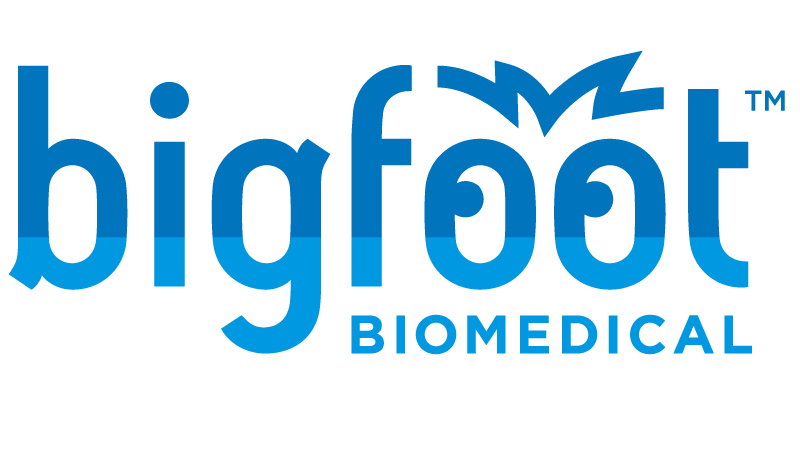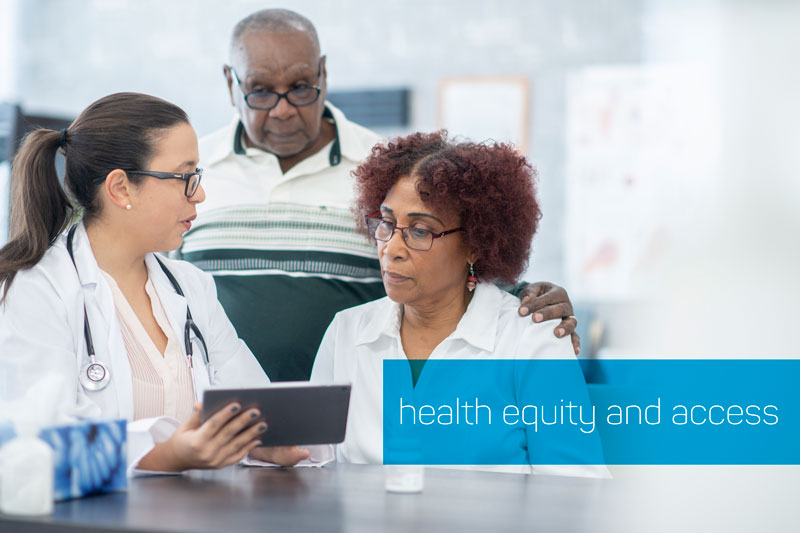Last month, I joined the community discussion “Musings Under the Moon” hosted by Kelly Close and The diaTribe Foundation called Health Equity: A Framework for Improving Health Outcomes for People Living with Diabetes.
The conversation was robust and reflective of the discussions many of us are having at home, with friends and in the workplace. At Bigfoot Biomedical, our leadership has been intentional about entering into this uncomfortable dialogue, and we are beginning our own journey towards greater understanding of health equity and social justice. This dialogue is not just shaping how we interact as humans, but also how we are building out our products and services, developing materials, and training our customer care team. As a start-up company, we have the opportunity to make Bigfoot as responsive as possible to the concerns, challenges and conversation points that are timely and important to our customers and our employees.
What I particularly liked about the “Musings Under the Moon” discussion is that it tied advancements in health equity to improved health outcomes for people living with diabetes. When our health systems become more equitable and more accessible, people with diabetes will realize better outcomes.
One of the ways health care can become more accessible is through technology. We are seeing this transformation currently with telehealth and telemedicine. Technology is now enabling people to connect with their health care providers through their phones and computers. For people with diabetes, there is an exciting stream of advancements in devices like continuous glucose monitors (CGM)s that also utilize technology for better tracking and sharing of data so health care providers can fine-tune insulin dosing for improved HbA1Cs and improved time in range (TIR).
But technology is a double-edged sword. As much as it improves access and outcomes for some, it also leaves many others with diabetes behind. We know cost can be a significant barrier but how about the fact that some devices and technology are so complex, they can be intimidating for many users?
When Bigfoot was first founded, we knew we wanted our solutions to be accessible to more people through affordability and ease of use. And, we wanted our solutions to also focus on those people who may not be using the latest technology and instead need a simpler, easier point of entry to managing their diabetes. For example, the person with type 2 diabetes who may be on basal insulin once a day. That person may see far better health outcomes by being on multiple daily injections, but that leap entails a huge learning curve and expense.
People living with diabetes should not have to make trade-offs to realize better health outcomes. Just as technology expertise should not be a barrier, cost and coverage should not be barriers either. The good news is that progress is being made. The recent CMS approval of the FreeStyle Libre 2 CGM is the latest example of making technology accessible to those on Medicare and Medicaid. And earlier over the summer we saw federal action that reduced insulin costs. The FreeStyle Libre 2 is a prime example of technology that is powerful yet simple and accessible.
The first step to health equity is awareness followed quickly by intentional action. We must be aware of the barriers that keep people living with diabetes from having the tools they need for better health outcomes and, as someone who works for a diabetes device company, we must be intentional in developing solutions that are accessible in terms of cost and ease of use. It’s a journey and a process, but I’m optimistic coming out of conversations like the one recently hosted by The DiaTribe Foundation and by the work I see happening across this industry.
I recently read a blog post by Seth Godin on marketing that I find particularly relevant to this subject and that I’d like to use in closing because for all of us who are building and marketing products for people living with diabetes, it rings true. “Marketing is the practice of making things better by making better things.”
I think we will make things better for those living with diabetes, people like my 24-year-old daughter Cassie and my wife Marinda, because we are making better things. They are better not only because they help reduce the daily burden for people with diabetes, but because they are accessible to all.


